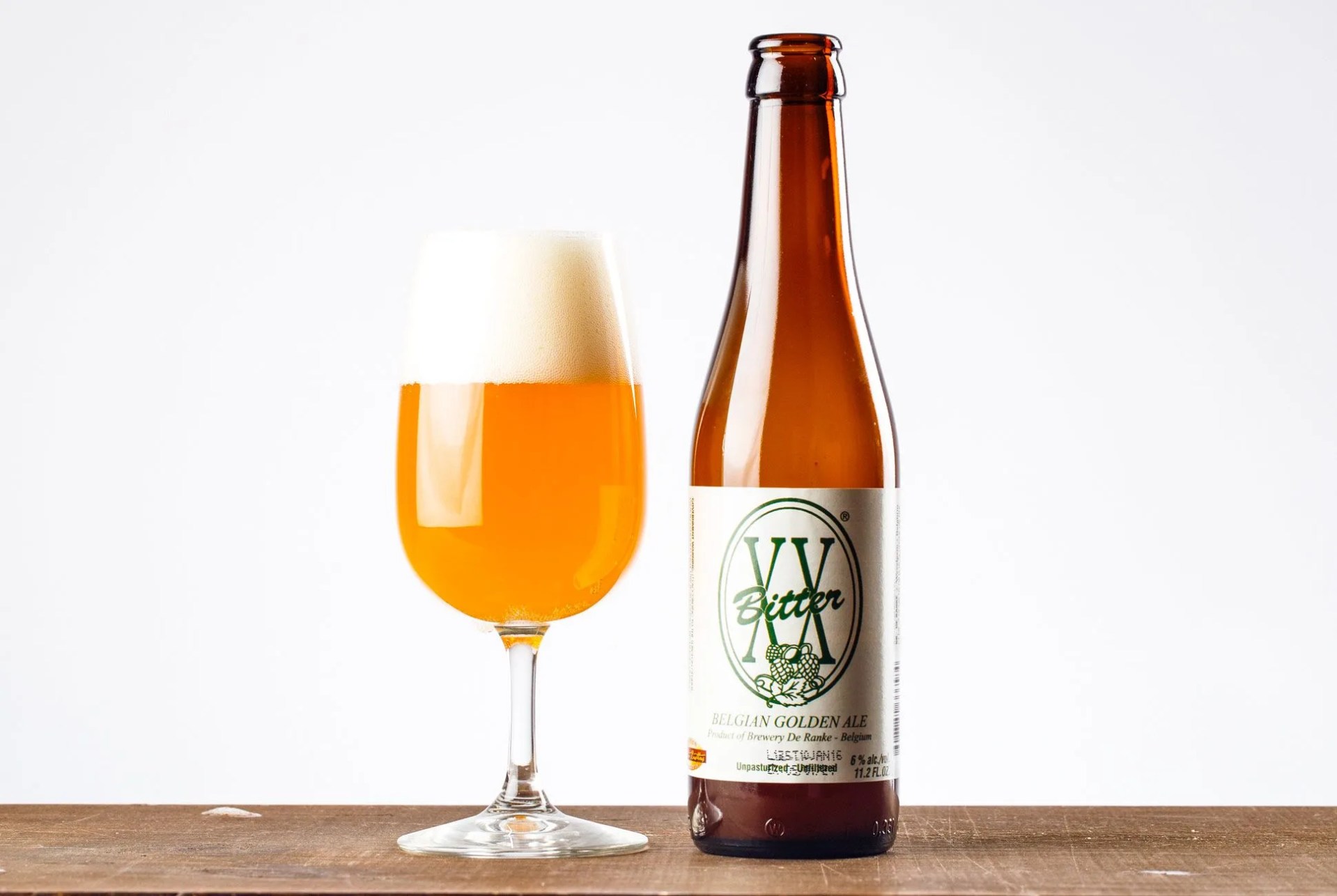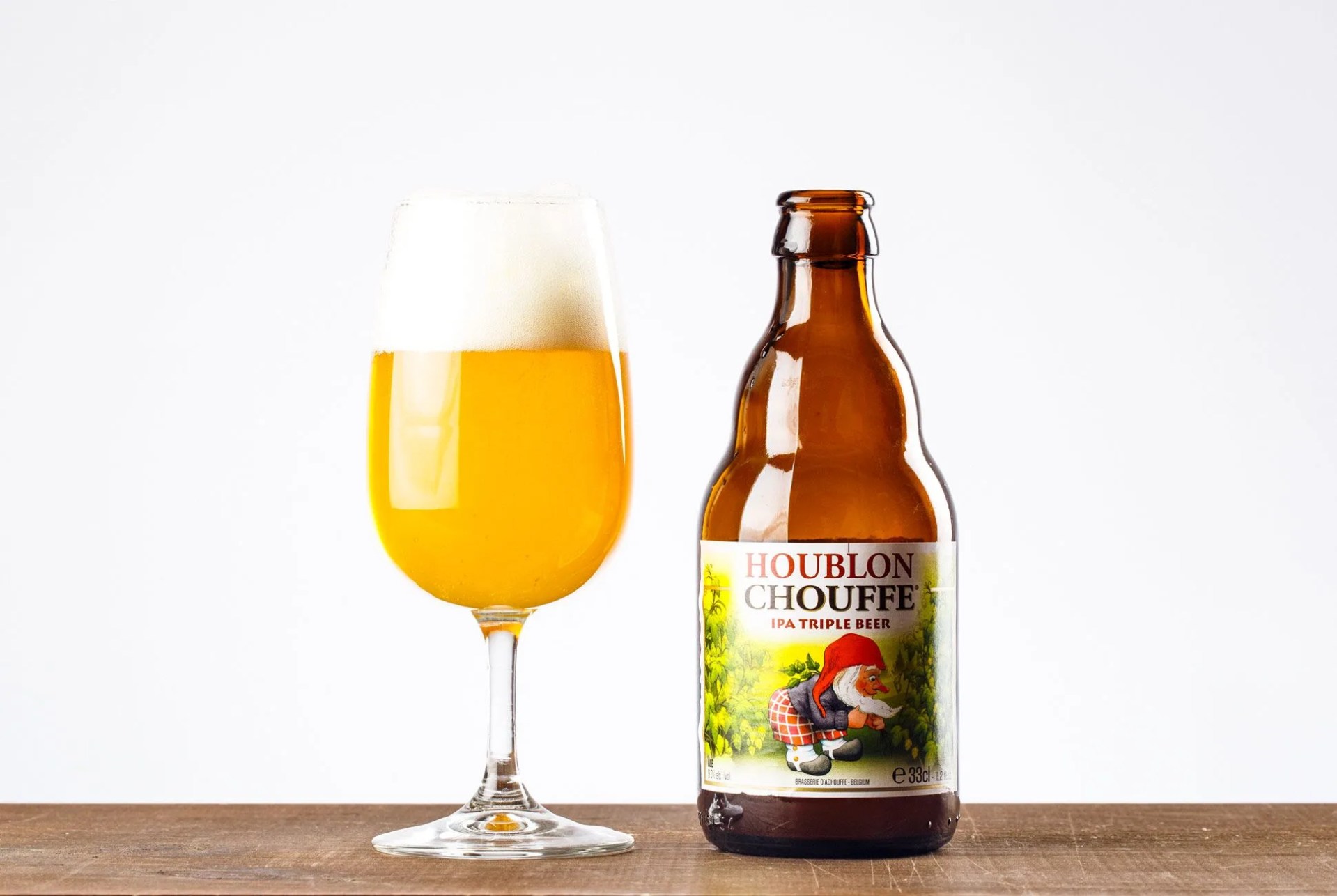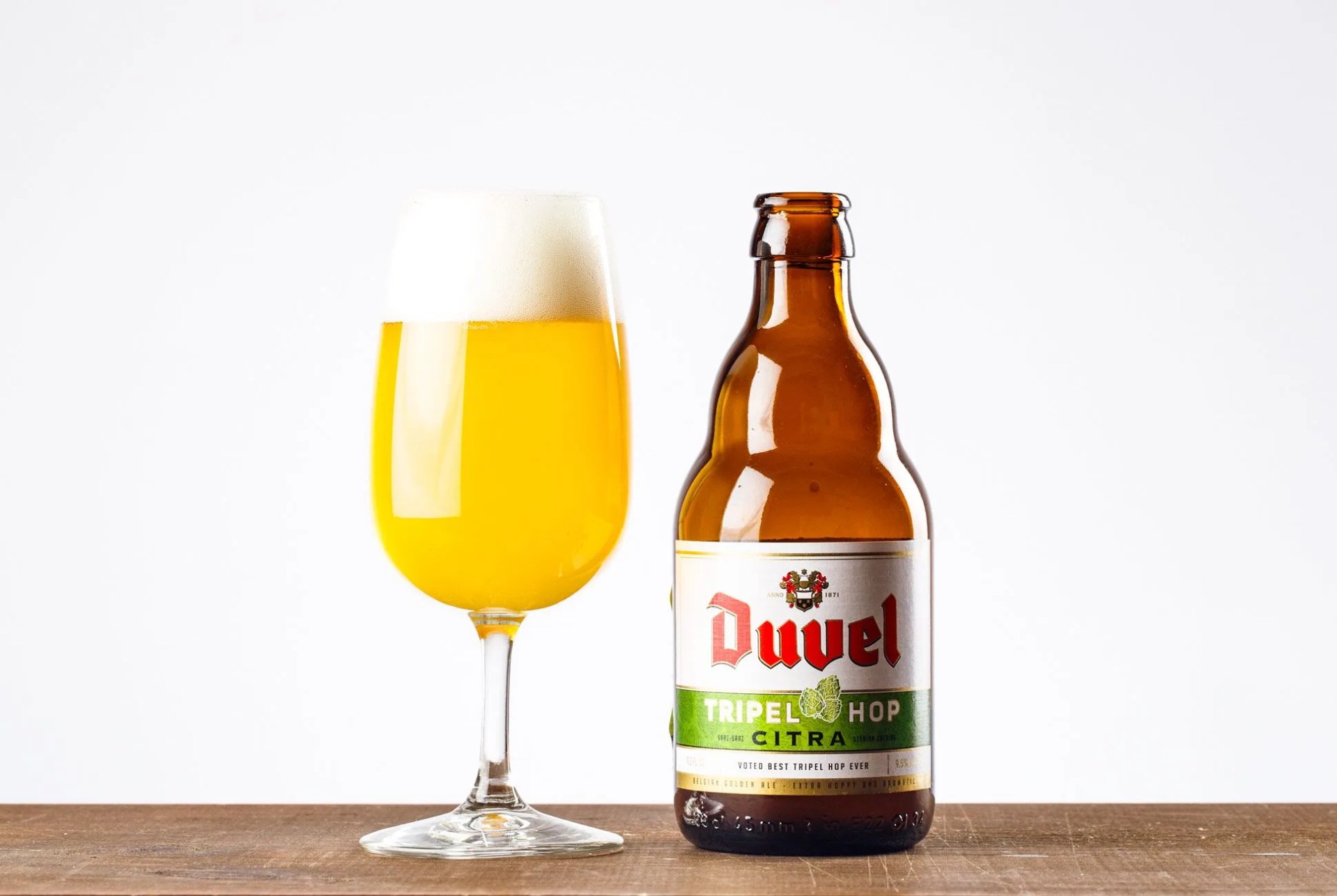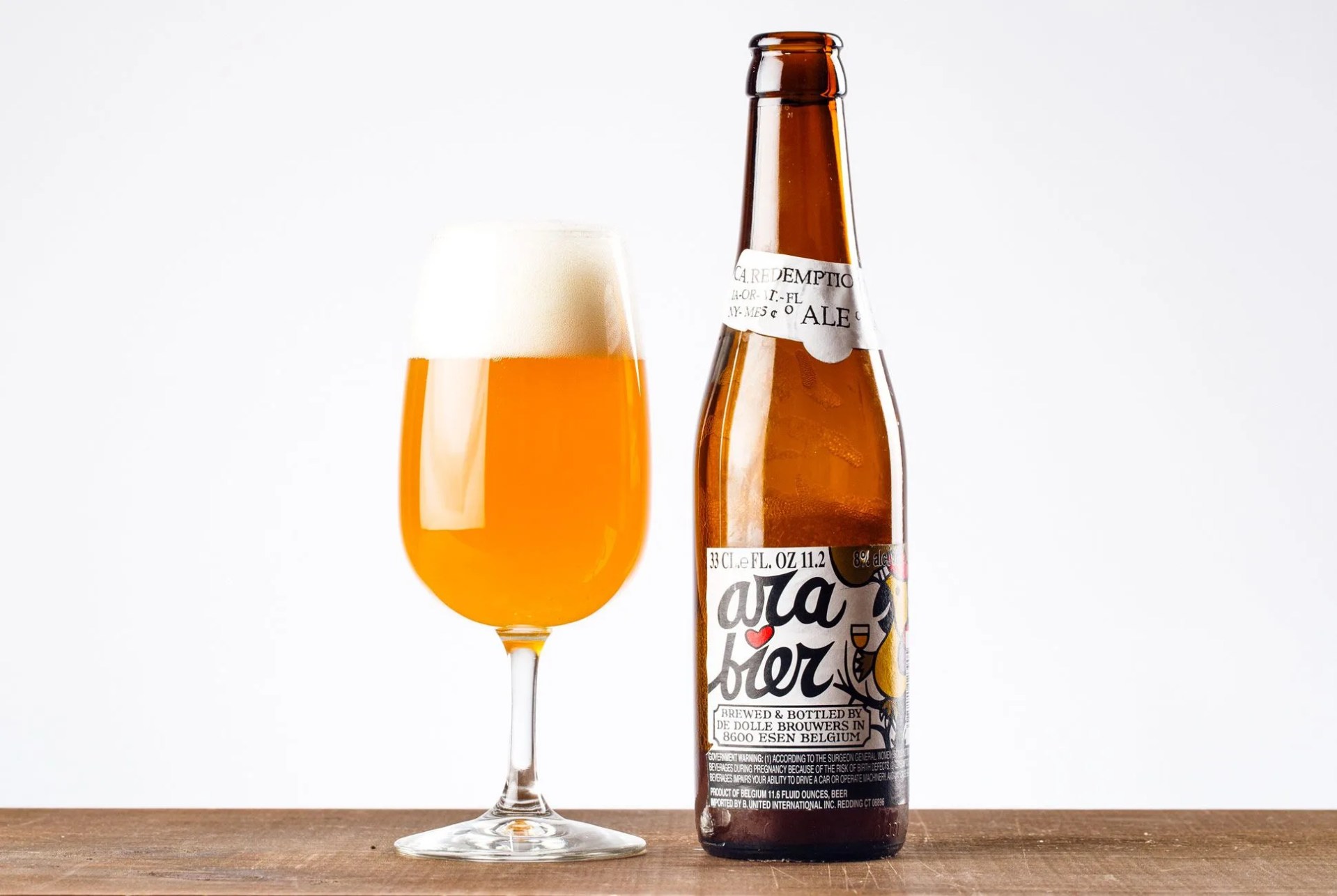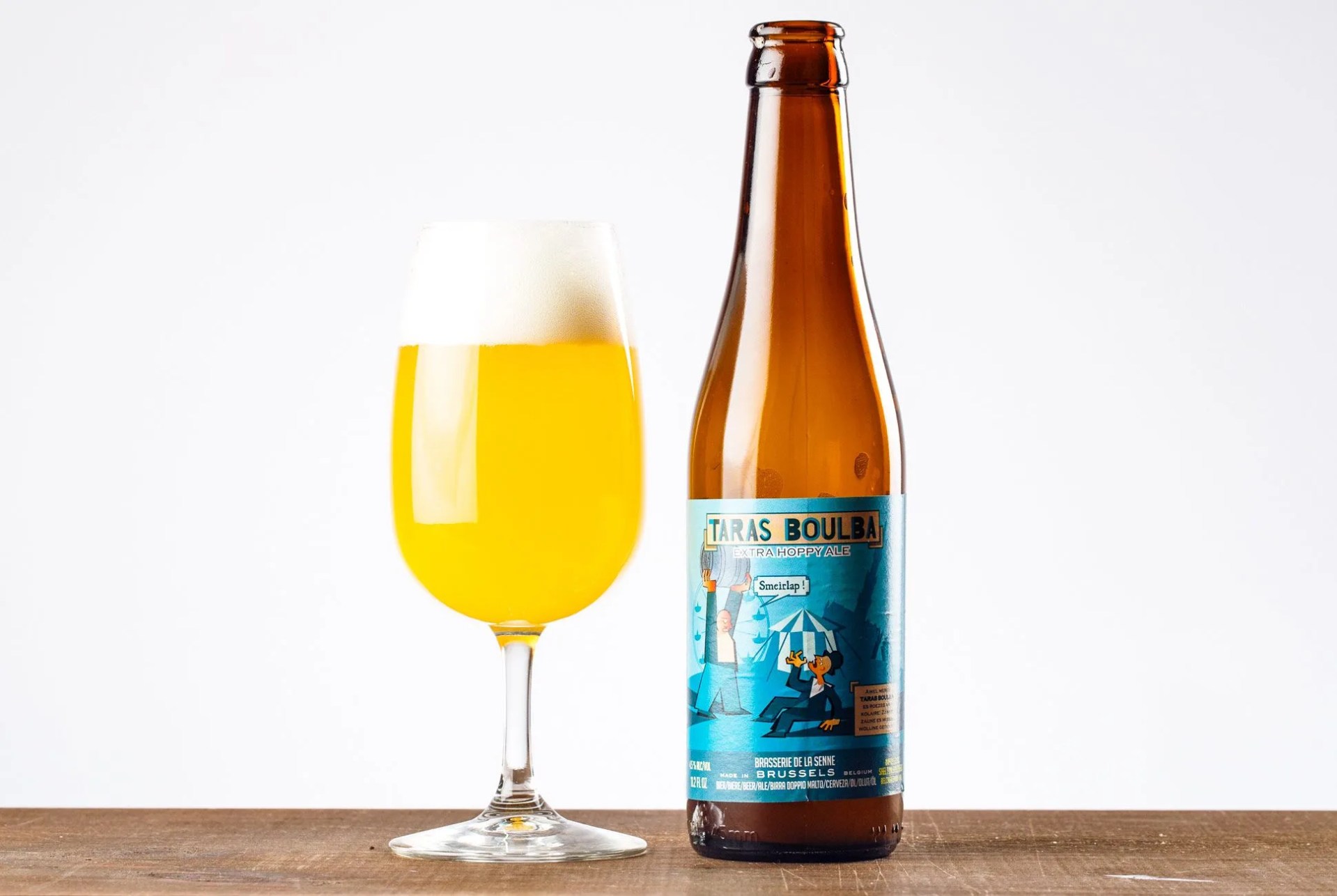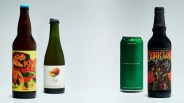Over a beer recently, Lauren and Joe Grimm, founders of Brooklyn’s Grimm Artisan Ales, did something surprising, given their knack for category-bending fusion beers: they downplayed the existence of a style. The Belgian IPA, they said, was a mixed bag, the liquid equivalent of a shrug. There just weren’t that many good, true examples in the American market.
But, at the same time, the Grimms extolled a new breed of very hoppy Belgian beers, like De la Senne’s Taras Boulba and De Ranke’s XX Bitter — some of their favorite beers on the planet.
This was all a little difficult to unpack. XX Bitter is listed on BeerAdvocate as a Belgian IPA. Taras Boulba is an “extra hoppy” Belgian Pale Ale with 54 IBUs, well above the threshold for the Belgian Pale Ale style; when its brewer, Yvan De Baets, called it a “session” style, my brain went ahead and plugged in the missing “IPA.”
Technically, at least, the Grimms were wrong. The Beer Judge Certification Program, or BJCP, the gold standard for structured evaluation of beer, lists a Belgian IPA into existence. But beer lovers would point out that, as a “Specialty IPA,” the Belgian IPA is in the same category as a black and rye IPAs: less true, expansive styles, more fringe trends. It’s also worth noting that the BJCP is loath to consider itself the defining force of craft beer; their categorizations exist to serve beer competitions, rather than the righteous voice of the craft beer community.
It seemed I had stumbled on an international craft beer debacle. Just what the hell was a Belgian IPA, and was it even worthwhile?
There are a few clear-cut defining qualities of the maybe-style. It’s made using Belgian yeast (with its fruity esters and clove-y phenols); it has a high alcohol content (between 6–11% ABV); it’s bottle conditioned for an extra punch of funkiness; and it has somewhere in the realm of 40–60 IBUs of hop bitterness (much higher than other traditional Belgian styles — like the Pale Ale, which, according to the BJCP, at least top out around 30 IBUs).
There are a few clear-cut defining qualities of the maybe-style. But the more experts I spoke to, the more disdain I heard for the Belgian IPA as strictly defined.

